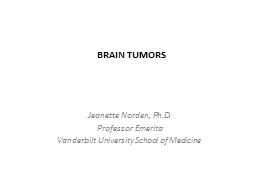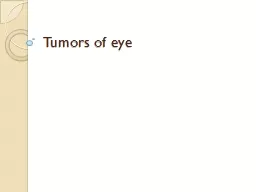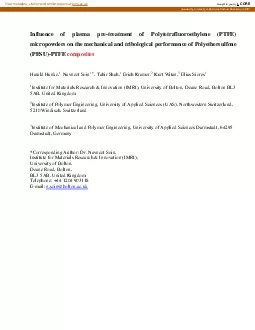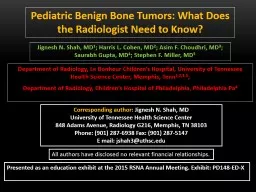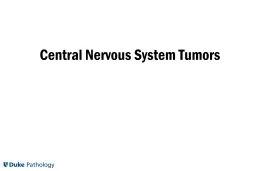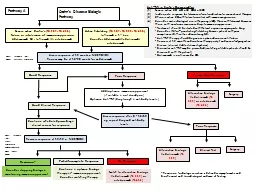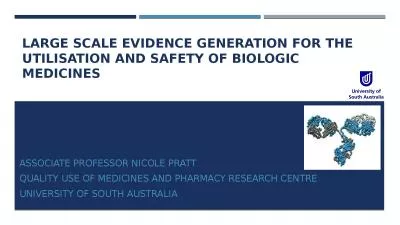PPT-Pediatric Brain Tumors: The Need for “Pristine” Biologic and Clinical Data
Author : heartersh | Published Date : 2020-08-05
Roger J Packer MD Senior VicePresident Neuroscience and Behavioral Medicine Director Brain Tumor Institute Childrens National Health System Washington DC Welcome
Presentation Embed Code
Download Presentation
Download Presentation The PPT/PDF document "Pediatric Brain Tumors: The Need for “..." is the property of its rightful owner. Permission is granted to download and print the materials on this website for personal, non-commercial use only, and to display it on your personal computer provided you do not modify the materials and that you retain all copyright notices contained in the materials. By downloading content from our website, you accept the terms of this agreement.
Pediatric Brain Tumors: The Need for “Pristine” Biologic and Clinical Data: Transcript
Download Rules Of Document
"Pediatric Brain Tumors: The Need for “Pristine” Biologic and Clinical Data"The content belongs to its owner. You may download and print it for personal use, without modification, and keep all copyright notices. By downloading, you agree to these terms.
Related Documents



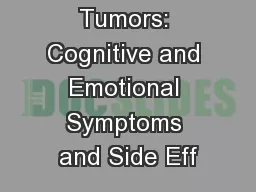
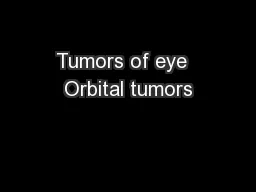
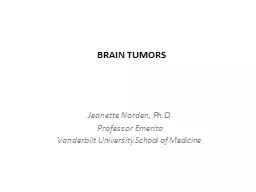
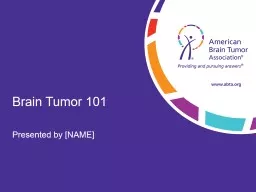
![Brain Tumor 101 Presented by [NAME]](https://thumbs.docslides.com/775177/brain-tumor-101-presented-by-name.jpg)
